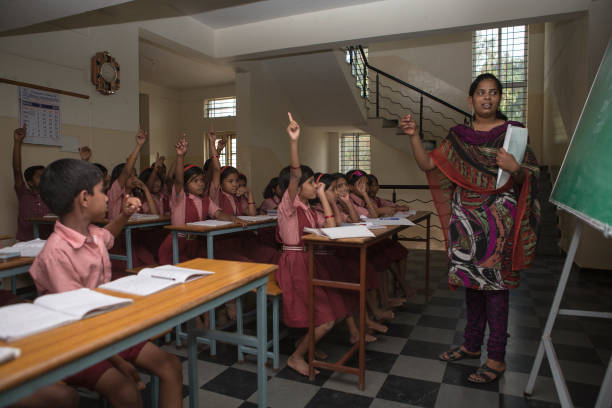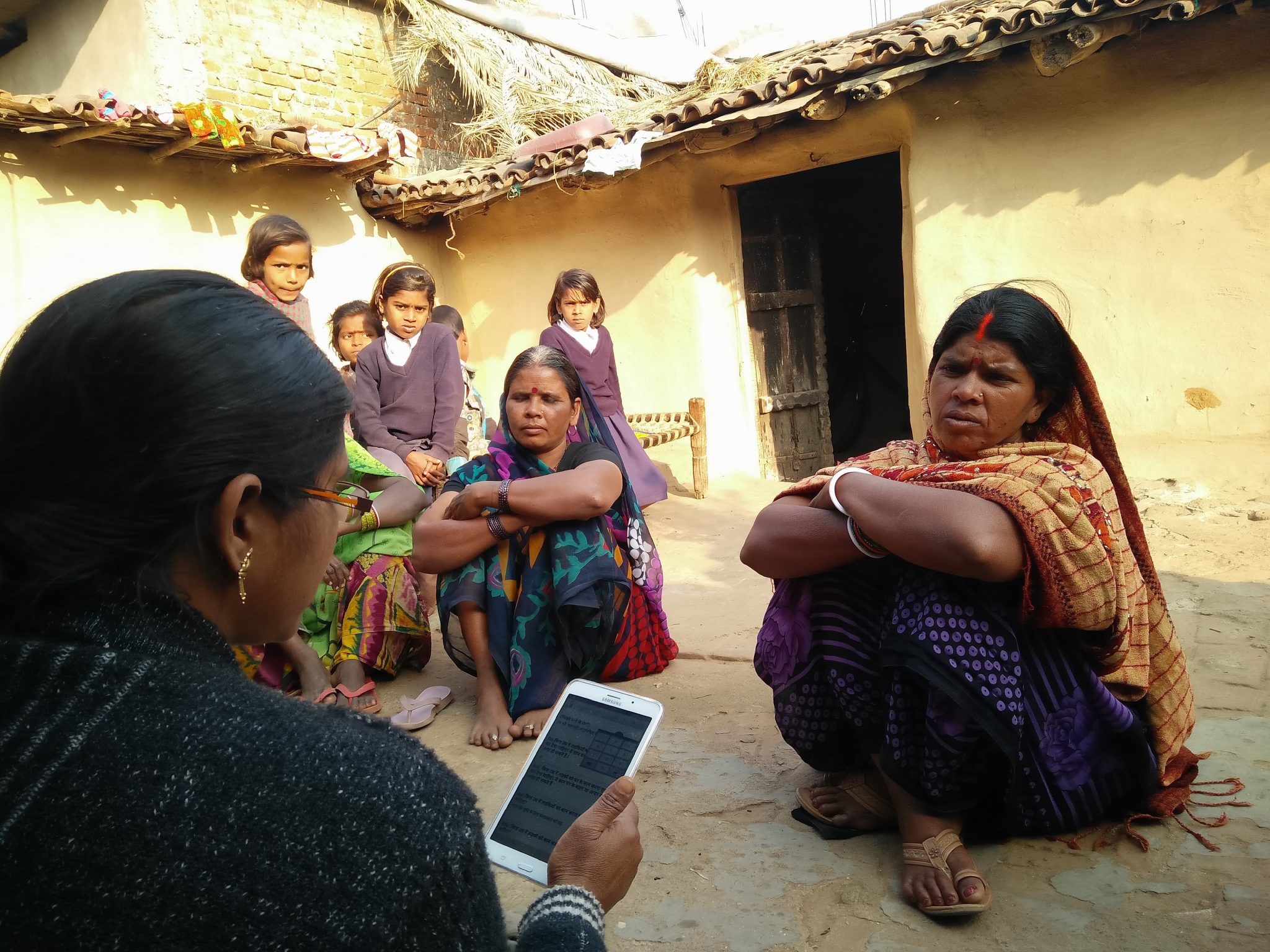Blog Details
Secondary Education in India captures the grade of six to tenth in the Indian case. It roughly demarcates the population falling between ages 14-18. An individual is considered to have accomplished in secondary education if they can be listed as someone who has attained a secondary or matriculation exam certification. While India primarily has catered to ensuring primary education through the Right to Education Act, 2009 the secondary education is still beyond its purview. The compulsory primary education was a helpful addition to Article 21 under the “Right to Life” in the Indian Constitution, which enabled individuals to accesses primary education through government, government aided, private or other institutions recognised by the Ministry of Education, however- there are significant insights when it comes to secondary education especially through the lens of gender and caste which have both acted as factors often determining why a disparity remains.
Dropout rates have been an issue of significance on a pan-India basis. The recent UDSIE+ report of 2019-20 indicates that around 26408945 students drop out during the transition of primary to secondary education, constituting around 49% dropouts occurring from primary to secondary education with an overall rate of 17%. However, it leads to deeper introspection to evaluate how schemes like Rashtriya Madhyamik Shiksha Abhiyaan (RMSA) have been able to work out in the secondary education space.
The enrolment rates have gone up to 77.97% and seem to have achieved commendable strides, in the area. A major contributing factor to this improvement could be the significant improvements in sanitation resources (almost both males and females have similar access to toilets around 95%) and better facilities.
However, the dropout rate in the secondary education scenario poses some interesting questions, from both the state’s perspective, gender, and even caste which brings several questions which indicate different variables, that have been addressed and unaddressed by the report’s dataset.
Drop-out rates and regional differences
A comparative approach to girls and boys dropping out in senior education is higher among boys than girls. This is an observation that especially stands out when there is a state-wise comparison of drop-out rates. The states which significantly, stand out are Arunachal Pradesh (34.26%), Assam (32.25%), Bihar (21.36%), Dadra and Nagar Haveli (20.25%), Daman and Diu (20.02%), Gujarat (23.71%), Madhya Pradesh (23.19%), Meghalaya (22.24%), Mizoram (20.35%), Nagaland (21.23%), Odisha (23.59%), Sikkim (23.21%) and Tripura (26.71%). So roughly, the eastern belt of India still has lower retention rates in India. This can be attributed to multiple factors from political instability, lack of infrastructure, poor connectivity and a lack of institutional facilities.
An interesting fact, however, would be to note that the Census of 2011 in India, where 79% of northeast India is literate in comparison to India’s overall literacy rate of 75%. In this space, the recruitment of adequate faculties is also the need of the hour, instead of simply relying on measures like government schemes to push more students into the fora.
It also brings out the urgent need addressed by several policy analysts that there is a need of skill-oriented training, both among the teachers and within the curriculum which will reflect as a motivation to further enroll themselves in the education.
On the other hand, Punjab has significantly been able to retain most of the students with the lowest dropout rate. This indicates that appropriate intervention and implementation of the government have significantly affected these statistics. However, we can all learn an important lesson through Punjab, as one of the primary successes that they attribute this to is the Punjab Education Sector Reforms Program (PESRP) along with the United Kingdom's Department for International Development (DFID) which has significantly been successful over the course of a few years. So collaborative measures with other governments will extensively improve retainment rates.
Gender and drop-out rates
The majority of female dropout rate is something that occurs during the transition from primary to upper primary. Around 26989138 female students opt out of studying till the end of primary enrolment due to a variety of reasons. One of them coincides with the beginning of menstruation age for females and the enrolment rates drop due to a plethora of reasons-starting from stigma, early marriages to lack of facilities and sanitation spaces within the school premises. So affording secondary education as a whole, becomes a matter of long-term commitment which fewer women are willing to commit towards higher education as a whole.
The number of men dropping out has indicated a variety of reasons. The engagement in ‘economic’ activities seems to be peaking the highest among males, which indicates the lack of skilled approaches which is yet to be present.
This brings several questions about the curriculum in general and how it is not targeting a more vocational idea but a theoretical approach that is not being deemed as beneficial for several students. Along, with that capable systems should be in place to check on students and understand their individual reasons for dropping out.
Ending Remarks
While female dropout rates at a primary level have declined around 1.2% from 3.6% earlier it certainly gives a lot of scope to understand how these issues could be addressed. A lot of regional variation in statistics, even with gender, which has not been touched upon in this paper, will reflect the variation from the national aggregate shown in the final reports. A comparative study with 2012-13 shows that there has been an overall dropout majorly in secondary education throughout the years where the transition rates are abysmally low and wherein, the 6 crore children who were enrolled for primary education in 2012-13 should have entered the secondary education by 2018-19 is only around 35 lakhs which shows the dropout rates beginning to take a more known gendered idea of why there are lesser females than males. Regional variation, a concentration in the northeast invites the question to revisit the space and visualise it along with the rest of the nation.
Overall, the necessary policy intervention is certainly a primary component in driving change, but also individualistic activities such as lack of guidance, support, and even familial pressure along with the political outlook will greatly define these rates and go much beyond numbers and scheme implementations to truly show signs of improvement.








David Angel Makel
IT ConsultantIt is a long established fact that a reader will be distracted by the readable content page looking at its layout point of using normal